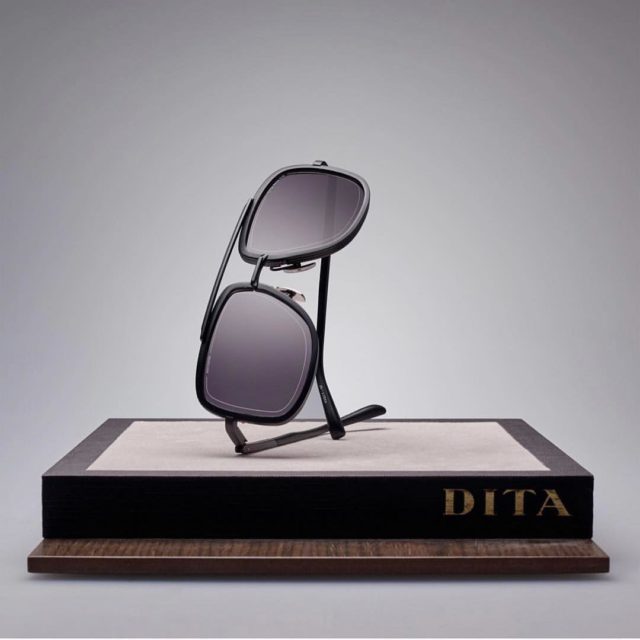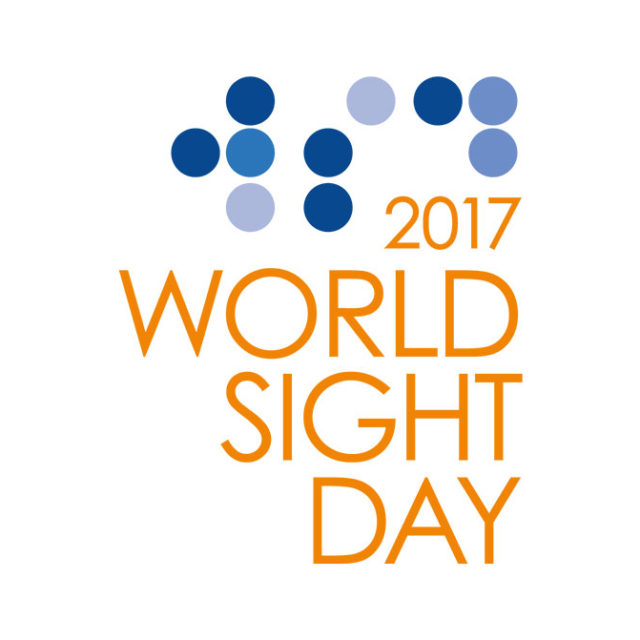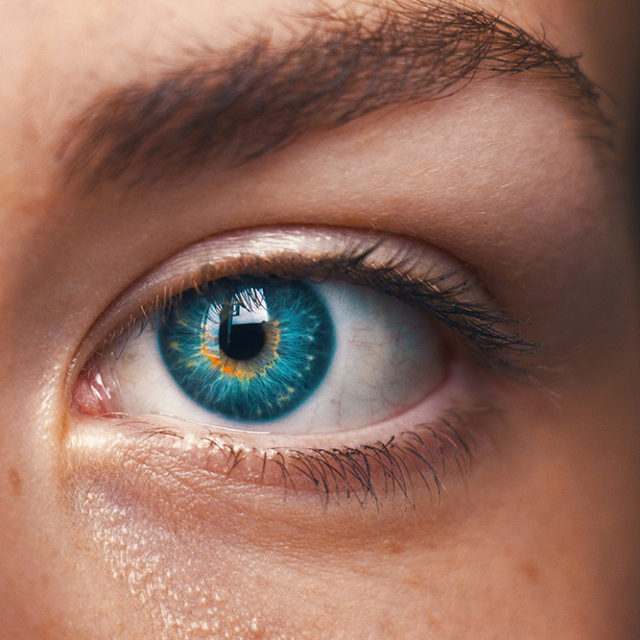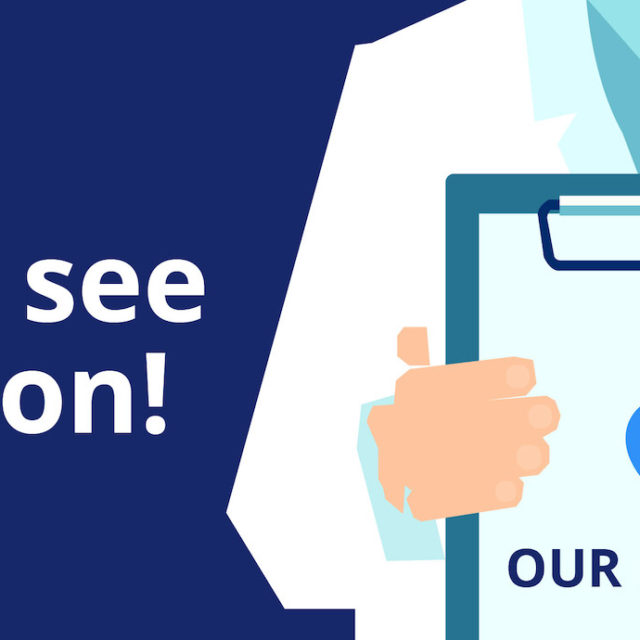
Blog
We’re Reopening Soon
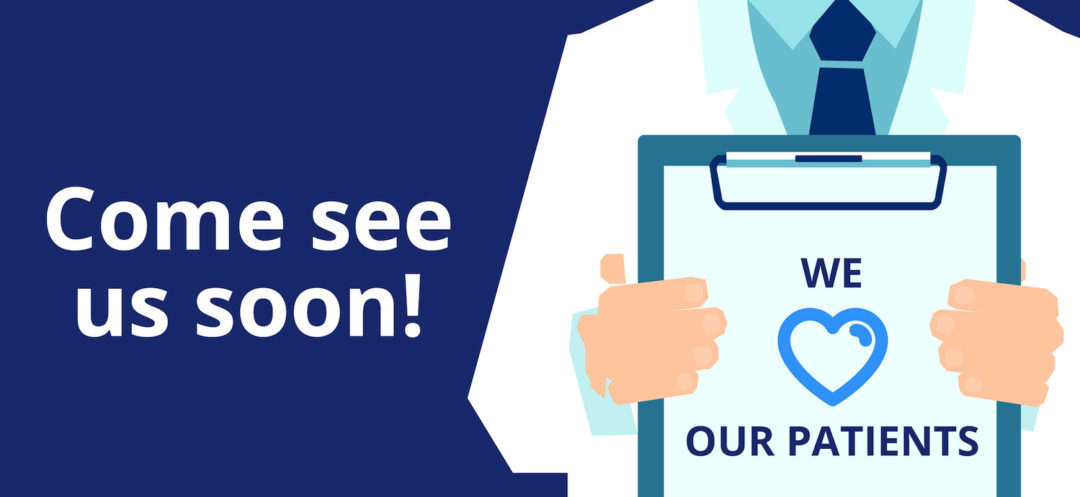
Dear Friends,
We’re reopening soon! If your vision examination was canceled due to the unexpected closure, please call our office at (323) 656-9550 to reschedule. We are implementing protective safety protocols to ensure the safety and health of our patients and our team.
Updated Business Hours
Starting June 1, 2020 our office will be open Monday, Tuesday, Thursday and Friday from 9am-5pm, Saturdays from 9am-4pm, and we will be CLOSED on Wednesdays.
Extended Contact Lens Prescriptions
We are extending all contact lens prescriptions through the end of the year, and we are offering free direct to patient shipping. Please visit our contact lens ordering portal or email info@wehovision.com to order, schedule future appointments, or for any general questions or concerns.

New Protocols & Visitor Information
Please enter the office through the rear patio entrance accessible from La Jolla Ave. or Havenhurst Ave. Red markers will mark 6ft. social distancing. If possible, please wait in your vehicle and call the office to let us know you are here.
- Temperatures and COVID screening will be taken upon entry
- Face masks and hand sanitizer are required before entry
- Only patients with appointments and one guardian are permitted into the office
- Please reschedule if anyone in the household has been sick in the last 2 weeks
- We highly recommend making an appointment for glasses, contact lens pick ups, or any other optical service
We are serving our patients in the safest manner possible by following guidance from the California Optometric Association under these difficult circumstances. In doing so, we will safeguard the health and safety of our patients, our staff, and the whole community. Please allow sufficient time for enhanced disinfection in between patients. We hope you understand, and we thank you for your cooperation.
The COVID-19 situation is constantly evolving, and we will get out of it together step by step. Let’s all be kind to each other, help each other when we can, and stay strong in mind and body. We hope everyone remains healthy and takes extra measures to ensure their own safety, as well as the safety of others. Prevention, not panic.
For more information, view our latest updates here.
Wishing the best to you and your families,
The Professional VisionCare of West Hollywood Team
Now Carrying DITA Eyewear
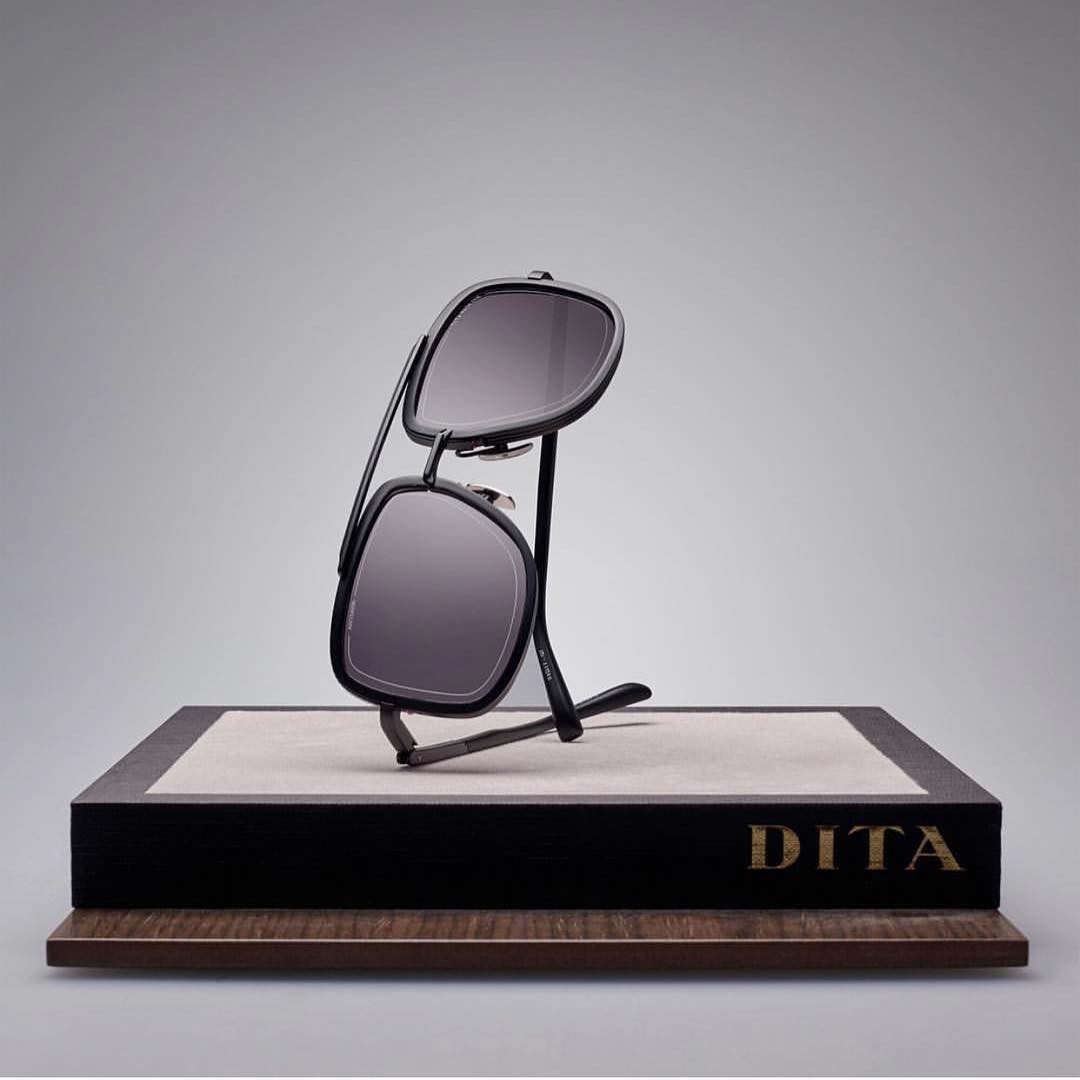
We’re thrilled to announce that we now carry DITA! Stop by our West Hollywood store to try-on and shop the collection for both men and women. Our team of experienced opticians will help you find the perfect pair. Call us at (323) 656-9550 if you’re looking for a specific style or have any questions.
DITA was founded in Los Angeles in 1995 with the mission to create innovative, finely crafted eyewear with a totally unique look and feel. Their men’s and women’s sunglasses and optical eyewear are produced with no shortcuts to quality; innovative designs, luxurious materials and old world craftsmanship are only the beginning.
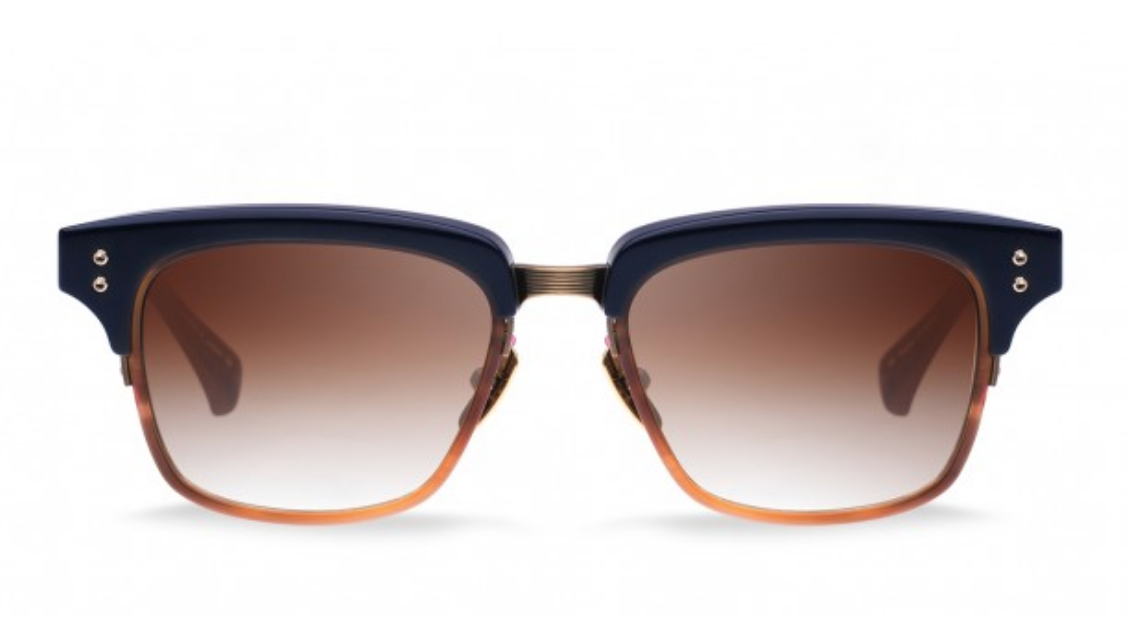
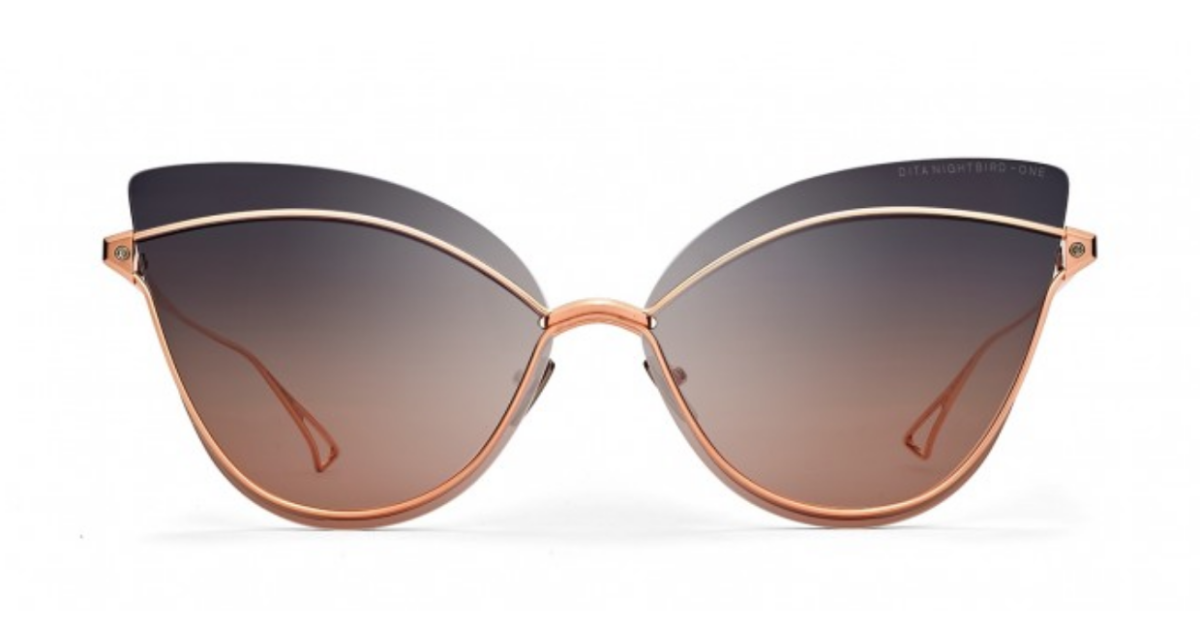

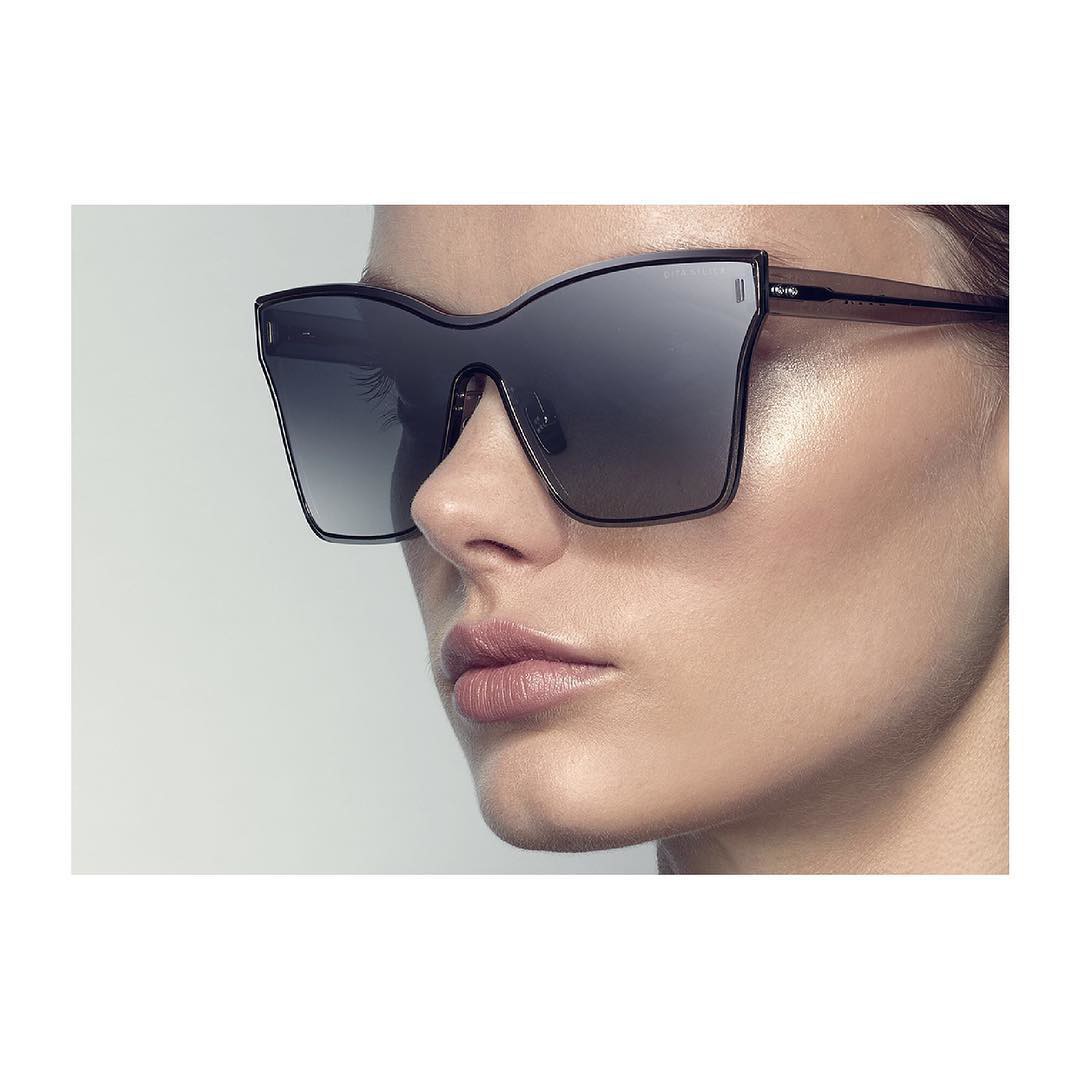
World Sight Day 2017
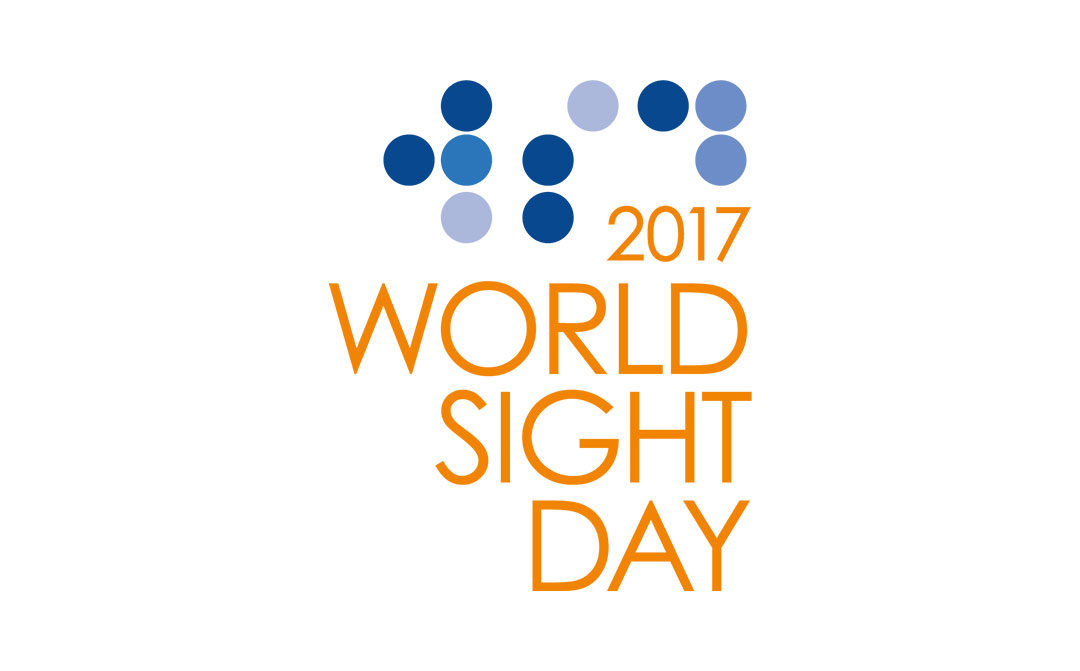
Happy World Sight Day! Did you know that 80% of the world’s vision impairment is treatable and preventable? World Sight Day (#WSD) is an annual day of awareness held on the second Thursday of October, to focus global attention on blindness and vision impairment.
9 Facts About Vision Impairment:
- Approximately 285 million people worldwide live with low vision and blindness
- Of these, 39 million people are blind and 246 million have moderate or severe visual impairment
- 90% of blind people live in low-income countries
- Yet 80% of visual impairment is avoidable – i.e. readily treatable and/or preventable
- Restorations of sight, and blindness prevention strategies are among the most cost-effective interventions in health care
- The number of people blind from infectious causes has greatly reduced in the past 20 years
- An estimated 19 million children are visually impaired
- About 65 % of all people who are visually impaired are aged 50 and older, while this age group comprises only 20% of the world’s population
- Increasing elderly populations in many countries mean that more people will be at risk of age-related visual impairment
Healthy vision is critical to fully experiencing the world around us, and World Sight Day is a reminder of the importance of scheduling regular eye exams for yourself and your loved ones. If your family is due for their annual check-up, please call our West Hollywood office at (323) 656-9550, or reach out via our Contact Page. Our experienced optometrists look forwarding to welcoming you.
Diabetes Symptoms: How Does Diabetes Affect Your Eyes?
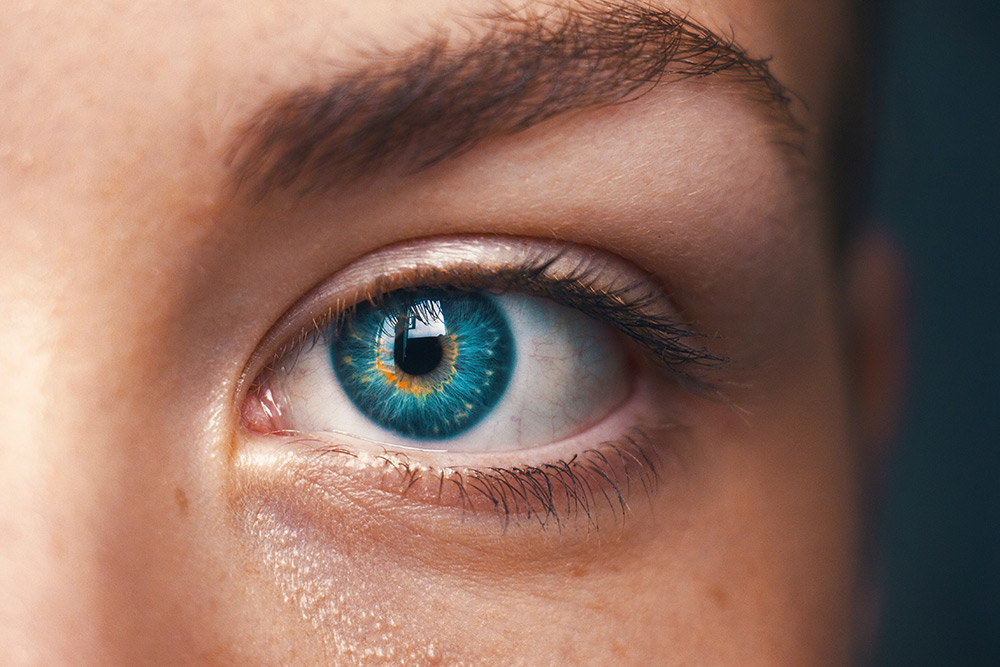
Diabetes mellitus (DM) causes abnormal changes in the blood sugar (glucose) that your body ordinarily converts into energy to fuel different bodily functions.
Uncontrolled diabetes allows unusually high levels of blood sugar (hyperglycemia) to accumulate in blood vessels, causing damage that hampers or alters blood flow to your body’s organs — including your eyes.
Diabetes generally is classified as two types:
- Type 1 diabetes. Insulin is a natural hormone that helps regulate the levels of blood sugar needed to help “feed” your body. When you are diagnosed with type 1 diabetes, you are considered insulin-dependent because you will need injections or other medications to supply the insulin your body is unable to produce on its own. When you don’t produce enough of your own insulin, your blood sugar is unregulated and levels are too high.
- Type 2 diabetes. When you are diagnosed with type 2 diabetes, you generally are considered non-insulin-dependent or insulin-resistant. With this type of diabetes, you produce enough insulin but your body is unable to make proper use of it. Your body then compensates by producing even more insulin, which can cause an accompanying abnormal increase in blood sugar levels.
With both types of diabetes, abnormal spikes in blood sugar increase your risk of diabetic retinopathy.
Eye damage occurs when chronically high amounts of blood sugar begin to clog or damage blood vessels within the eye’s retina, which contains light-sensitive cells (photoreceptors) necessary for good vision.
To learn more about diabetes and other eye conditions, browse our Eye Health page.
The Consequences of Undetected and Untreated Vision Problems

Children with undetected vision problems are sometimes inaccurately diagnosed with attention deficit disorder (ADD) or attention deficit hyperactivity disorder (ADHD). When vision is difficult, it requires greater effort than normal, leading the child to avoid close work. It may appear the child is daydreaming
Many children with undetected vision problems struggle in the classroom. These symptoms include:
- Trouble finishing written assignments
- Losing their place when reading
- A short attention span when doing close work
- Skipping words when reading
- Having greater potential than grades may indicate
If your child appears to be experiencing any of these symptoms, call our office at (323) 656-9550 for a complete eye examination with one of our trusted Los Angeles eye doctors today!
Ask Your Eye Doctor: What is “Good Vision”?

To test for good vision includes measuring visual acuity, the ability of the eyes to see and distinguish fine details. In addition to visual acuity, visual integration must also be checked. This is the ability to process and integrate visual information so we can understand what we see. Other visual skills such as eye teaming (the ability of the eyes to work properly together), eye focusing (the ability of the eyes to easily focus and shift focus to near and distant points), and eye motility (the eyes ability to move together) must also be tested, along with checking eye health.
Good vision includes all of these visual components working well together. Vision screenings done at the pediatricians office and at school are very helpful, but is not a substitute for a comprehensive eye examination. If your child struggling in class, it could be due simply to an undetected vision problem.
Call our West Hollywood optometry office at (323) 656-9550 to set up an appointment with a Los Angeles eye doctor for a comprehensive eye examination today!
How Important is Good Vision to Learning?

Good vision is an important part of education. Many experts believe 80 percent of learning is done through a child’s eyes. Reading, computer usage, and chalkboard work are all visual tasks students perform every day. A child’s eyes are always in use in the classroom. Therefore, when they’re not working properly, learning and class participation will suffer.
Does your child need their eyes examined? Call us at (323) 656-9550 to set up an appointment with one of our optometrists today. We love seeing patients of all ages, including little ones!
June is Cataract Awareness Month
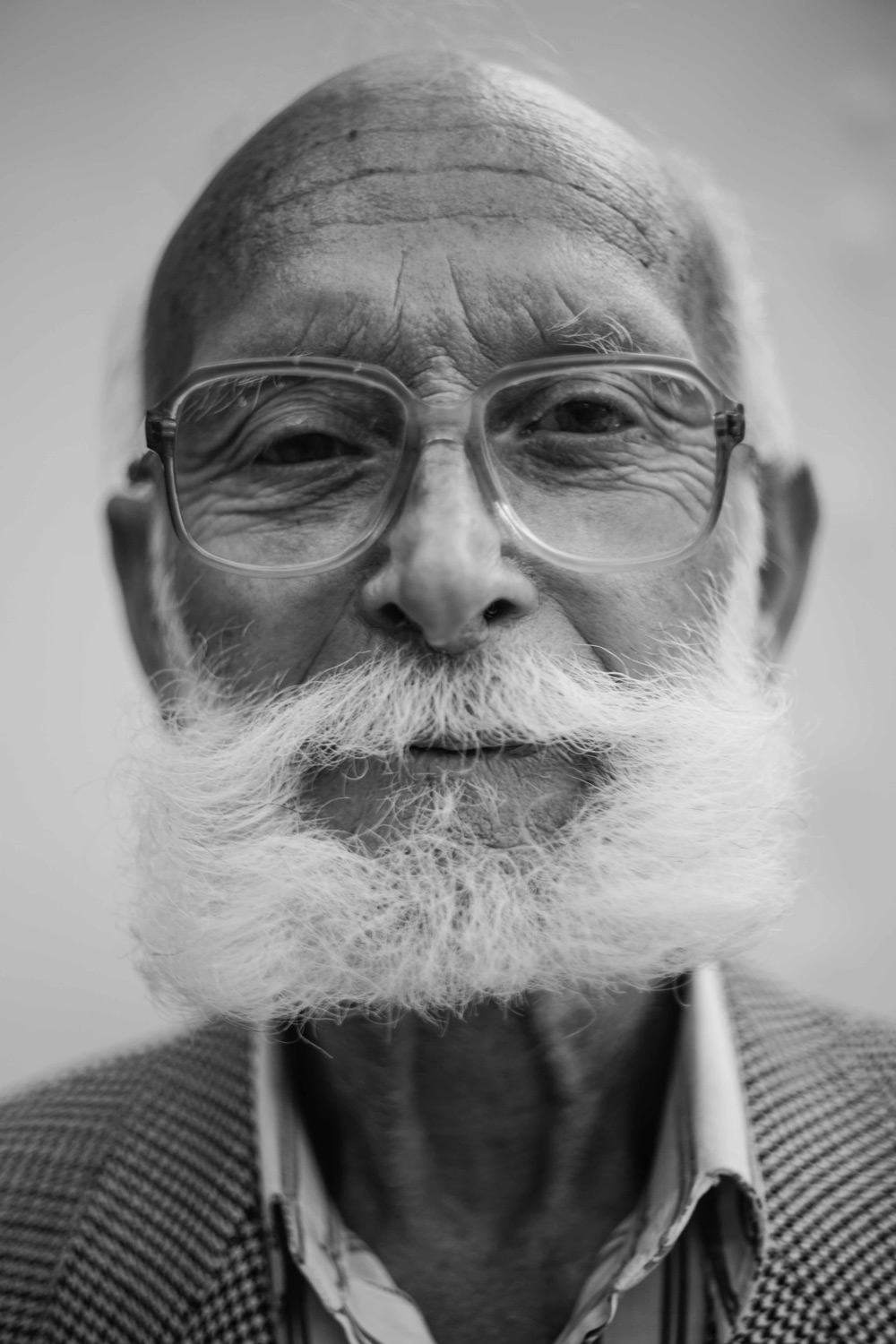
Summer is just around the corner, and the importance of understanding ultraviolet light and the effects it could have on the eyes; including inducing cataracts, is much more essential. So what exactly are cataracts? A cataract is a general term for any kind of clouding of the eye’s natural lens, which sits behind the iris and the pupil. Cataracts are the most common cause of vision loss in people over age 40, and is the principal cause of blindness in the world. In fact, there are more cases of cataracts worldwide than there are of glaucoma, macular degeneration, and diabetic retinopathy combined.
A cataract starts out small and at first has little effect on your vision. You may notice that your vision is blurred a little, like looking through a cloudy or dirty window. A cataract may make light from the sun or a lamp seem too bright or glaring. Or you may notice when you drive at night that the oncoming headlights cause more glare than before. Colors may not appear as bright as they once did.
The lens inside the eye works much like a camera lens, focusing light onto the retina, similar to the film inside a camera. It adjusts the eye’s focus, letting us see things clearly both up close and far away. The lens is mostly made of water and protein. The protein is arranged in a precise way that keeps the lens clear and lets light pass through it. But as we age, some of the protein may clump together and start to cloud a small area of the lens. This is a cataract, and over time, it may grow larger and cloud more of the lens, making it harder to see.
No one knows for sure why the eye’s lens changes as we age, forming cataracts. Researchers are gradually identifying factors that may cause cataracts — and information that may help to prevent them. Many studies suggest that exposure to ultraviolet light is associated with cataract development, which is why the importance of UV protective sunglasses and wide brimmed hats are emphasized. Other studies suggest people with diabetes are at risk for developing a cataract. Other risk factors include cigarette smoke, air pollution and heavy alcohol and/or salt consumption.
Feel free to call our West Hollywood Optometry office at (323) 656-9550 if you have any questions or comments! Our eye doctors look forward to seeing you.
We have a great selection of UV protective and polarized sunglasses to get you ready for the summer sun. Stop by to check it out!
Eat well, exercise, stay healthy, wear your UV protective sunglasses, and have a great summer!
May is Ultraviolet Awareness Month

Did you know ultraviolet (UV) and other radiation from the sun can harm your eyes?
Extended exposure to the sun’s UV rays has been linked to eye damage, including cataracts, macular degeneration, pingueculae and pterygia and photokeratitis that can cause temporary vision loss.
New research suggests the sun’s high-energy visible (HEV) radiation — also called “blue light“ — may increase your long-term risk of macular degeneration. People with low blood plasma levels of vitamin C and other antioxidants especially appear at risk of retinal damage from HEV radiation.
To protect your eyes from harmful solar radiation, sunglasses (tinted) or clear lens glasses should be coated with UV filters which block 100 percent of UV rays and also absorb most HEV rays. Frames with a close-fitting wraparound style provide the best protection because they limit how much stray sunlight reaches your eyes from above and beyond the periphery of your sunglass lenses.
Anyone who spends time outdoors, especially around water, sand or snow, is at risk for eye problems from UV radiation. Risks of eye damage from UV and HEV exposure change from day to day and depend on a number of factors, including:
- Geographic location. UV levels are greater in tropical areas near the earth’s equator. The farther you are from the equator, the smaller your risk.
- Altitude. UV levels are greater at higher altitudes.
- Time of day. UV and HEV levels are greater when the sun is high in the sky, typically from 10 a.m. to 2 p.m.
- Setting. UV and HEV levels are greater in wide open spaces, especially when highly reflective surfaces are present, like snow and sand. In fact, UV exposure can nearly double when UV rays are reflected from the snow. UV exposure is less likely in urban settings, where tall buildings shade the streets.
- Medications. Certain medications, such as tetracycline, sulfa drugs, birth control pills, diuretics and tranquilizers, can increase your body’s sensitivity to UV and HEV radiation.
Surprisingly, cloud cover doesn’t affect UV levels significantly. Your risk of UV exposure can be quite high even on hazy or overcast days. This is because UV is invisible radiation, not visible light, and can penetrate clouds.
The risk of damage to our eyes and skin from solar UV radiation is cumulative, meaning the danger continues to grow as we spend time in the sun throughout our lifetime. With this in mind, it’s especially important for kids to protect their eyes from the sun. Children generally spend much more time outdoors than adults. In fact, experts say nearly 50 percent (or more) of our lifetime exposure to UV rays may occur by age 18, given that many children spend significantly more time outdoors than the average adult. Therefore, make sure your kids’ eyes are protected from the sun with good quality sunglasses. Also, encourage your child to wear a hat on sunny days to further reduce UV exposure.
Come see us to get fitted for the perfect pair of prescription or non-prescription sunglasses to help protect your eyes from the sun (without sacrificing style). Schedule an appointment with our office by calling (323) 656-9550. Our optometrists look forward to seeing you!
Itchy, Red, Puffy, Dry Eyes?

Welcome to allergy season! For many of us, allergy season is a dreadfully long, uncomfortable period during the year. For others, it can last all year round! Allergy symptoms can vary – from mild dryness of the eyes to extremely itchy and swollen eyelids. Whether your symptoms are mild or severe, seasonal or year round, you wear contact lenses or not, there are very effective treatments available to make allergies bearable. Don’t let allergies affect your daily life!
Call our office today at (323) 656-9550 for a consultation if you have allergy symptoms. Our Los Angeles eye doctors are here to help!

